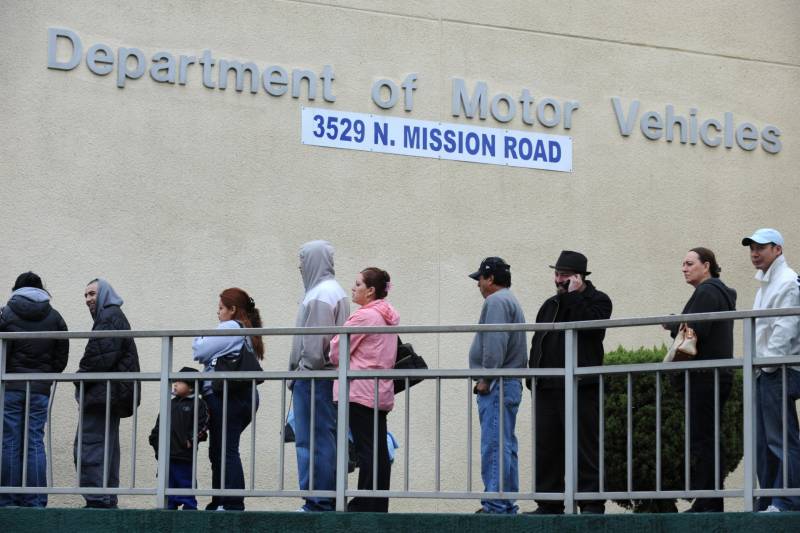California may be home to some of the biggest tech companies in the world, but as the pandemic unemployment payment scandal has shown, proximity to greatness doesn’t seem to have helped the state's IT messes, much.
Throughout 2020, millions of Californians waited helplessly for delayed unemployment checks while the Employment Development Department mistakenly paid out billions of dollars to fraudsters.
That wasn't the half of it: EDD was also overwhelmed by the sheer number of people filing for unemployment after losing their jobs during the pandemic. That's partly because some of California’s largest agencies rely on a 60-year-old computer programming language called COBOL for some of their operations. That includes EDD, the DMV and Medi-Cal’s fee-for-service program.
It's too late to prevent the unemployment disarray at EDD, but the state is hoping a new way of procuring and updating technology will help prevent similar computer meltdowns in the future. Some of these improvements are already underway, but reforms on some of the legacy systems may not bear fruit for at least three to five years.
